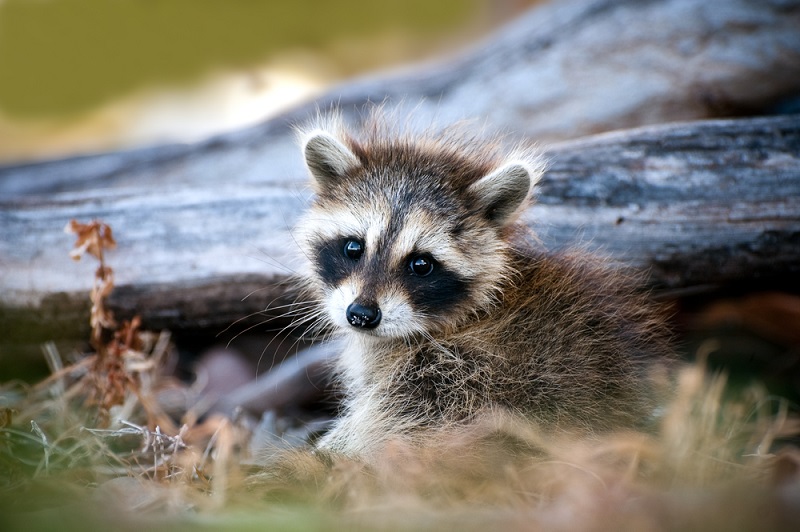
Woman Rescued a Baby Raccoon. Now, She and 20 Friends Need Rabies Treatment.

Baby raccoons are cute. But if you ever see one, you should probably resist the urge to scoop it up and bring it home with you.
A woman in Colorado learned this the hard way when a baby raccoon that she brought home tested positive for rabies. Now, she and more than a dozen of her friends who visited the critter need to be treated for rabies.
The woman, who lives in Weld County (north of Denver), recently found the baby raccoon on her property and took it inside her home after it was abandoned by its mother, according to a statement from the Weld County Department of Public Health and Environment.
When the woman's friends heard she had a baby raccoon, they just had to stop by — indeed, a total of 20 people asked to see the raccoon at the woman's home, according to the Greeley Tribune, a local news outlet.
"This was a baby wild animal, so I think there was some heightened interest [in] seeing a baby animal in the home," Rachel Freeman, the department's health communication supervisor, told the Greeley Tribune. [5 Viruses That Are Scarier Than Ebola]
The woman contacted a local animal shelter to see if it could take the raccoon, but the shelter was not able to accept it. Instead, the shelter contacted the health department, which, in turn, tested the raccoon for rabies.
The positive test result means that all 21 people exposed to the raccoon need treatment for rabies. Officials said it was the "largest rabies exposure case" ever recorded in Weld County.
Sign up for the Live Science daily newsletter now
Get the world’s most fascinating discoveries delivered straight to your inbox.
"It is very important that people not touch or go near wild animals," Dr. Mark Wallace, director of the county's health department, said in the statement.
The statement also noted that baby animals may appear to be "orphaned" when they really aren't. But their parents may not return if people are too close to their offspring.
Rabies is a viral disease that affects the central nervous system. It's usually spread through the bite of an infected animal. The disease causes swelling of the brain and spinal cord, and is fatal without treatment.
But the disease can be treated with "post-exposure prophylaxis," which involves giving people the rabies vaccine after they are exposed. The treatment is extremely effective, but only if people get it before symptoms start, Dr. Amesh Adalja, an infectious-disease physician and a senior scholar at the Johns Hopkins Center for Health Security, told Live Science in a 2017 interview.
Original article on Live Science.

Rachael is a Live Science contributor, and was a former channel editor and senior writer for Live Science between 2010 and 2022. She has a master's degree in journalism from New York University's Science, Health and Environmental Reporting Program. She also holds a B.S. in molecular biology and an M.S. in biology from the University of California, San Diego. Her work has appeared in Scienceline, The Washington Post and Scientific American.
Flu: Facts about seasonal influenza and bird flu
What is hantavirus? The rare but deadly respiratory illness spread by rodents









